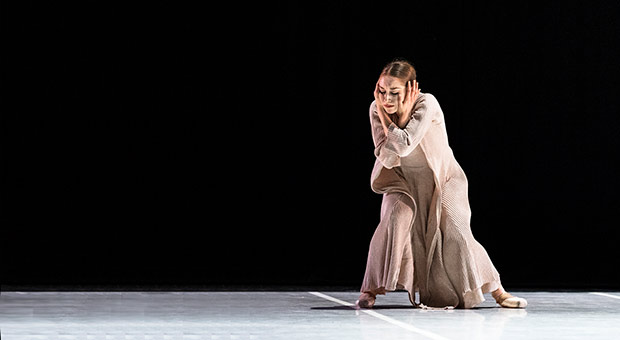
© Foteini Christofilopoulou. (Click image for larger version)
Here are some reflections on London dance performances over the last year that were memorable, for whatever reason, good or bad. It’s always striking how, when compiling this, some performances which seemed very strong at the time don’t persist so well in the memory, while others which may have seemed less stellar have lodged themselves insistently in the brain.
Two Centenaries
This year marked one hundred years since the birth of Merce Cunningham, the great American maker of modern dance and it was widely commemorated. The major event here in London was the Night of 100 Solos, a series of excerpts, staged at the Barbican, with performers of varied ages and backgrounds. It was a calm, meditative experience. Dancers in bright unitards had an unhurried quality, exploring the space, sometimes halting in that characteristic tilted stance. Often more than one would enter, each focused on their own trajectory. It’s been a long time since Siobhan Davies appeared on such a stage: she was grave and purposeful, scrutinising each movement thoughtfully. A return to performance too for the BalletBoyz, William Trevitt (sporting a series of empty tin cans on his legs) interacting with Michael Nunn. There were members of a younger generation too, including Joseph Sissens from the Royal Ballet, who looked very much at home.
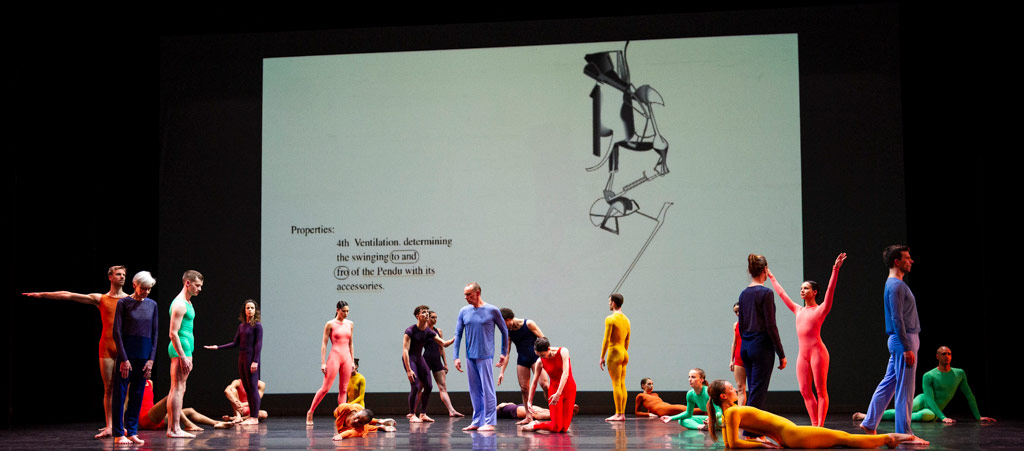
© Foteini Christofilopoulou. (Click image for larger version)
Rambert produced a Cunningham Event at the Wells in the autumn, a mix of extracts from the ten different works of his they have in their repertoire, set in front of beautiful hanging panels (based on painting by Gerhard Richter) gorgeously illuminated by Malcolm Glanville’s lighting. These designs certainly assisted in the mysterious cohesion of the work, despite its disparate origins. Even the Royal Ballet got in on the act, with a mixed bill in the Linbury showing Cunningham’s trio Cross Currents against Ashton’s serenely minimalist Monotones II, a well-chosen programme, a pleasure to observe.
Overall it has been an impressive and extensive tribute. But there was another centenary this year, that of Margot Fonteyn’s birth. For this there was a single gala performance by the Royal Ballet: not an extensive tribute but still well put together, covering a wide range of her signature roles. My most memorable moment was Francesca Hayward and Edward Watson in a brief excerpt from Frederick Ashton’s Ondine where she embodied the quicksilver other-worldliness of the heroine. If you’re reading this Mr O’Hare, we need to see them in whole thing.
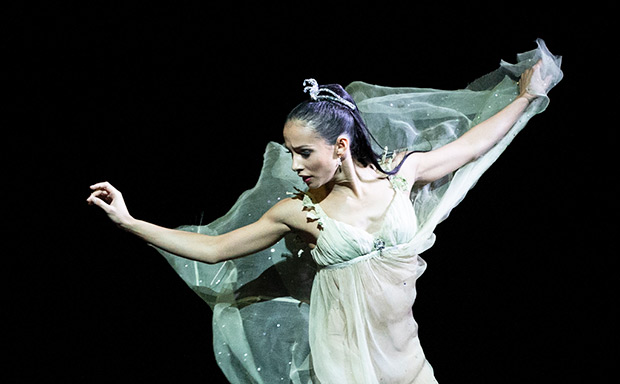
© Foteini Christofilopoulou, courtesy the Royal Opera House. (Click image for larger version)
Farewells
Each year there are always goodbyes. Akram Khan is bidding farewell to performing in full length works, and his last appearance in the UK was in his Until the Lions at the Roundhouse in January. We will miss those amazingly fast turns and the delicacy he could conjure out of ankle bells. But fortunately, his choreographic work continues.
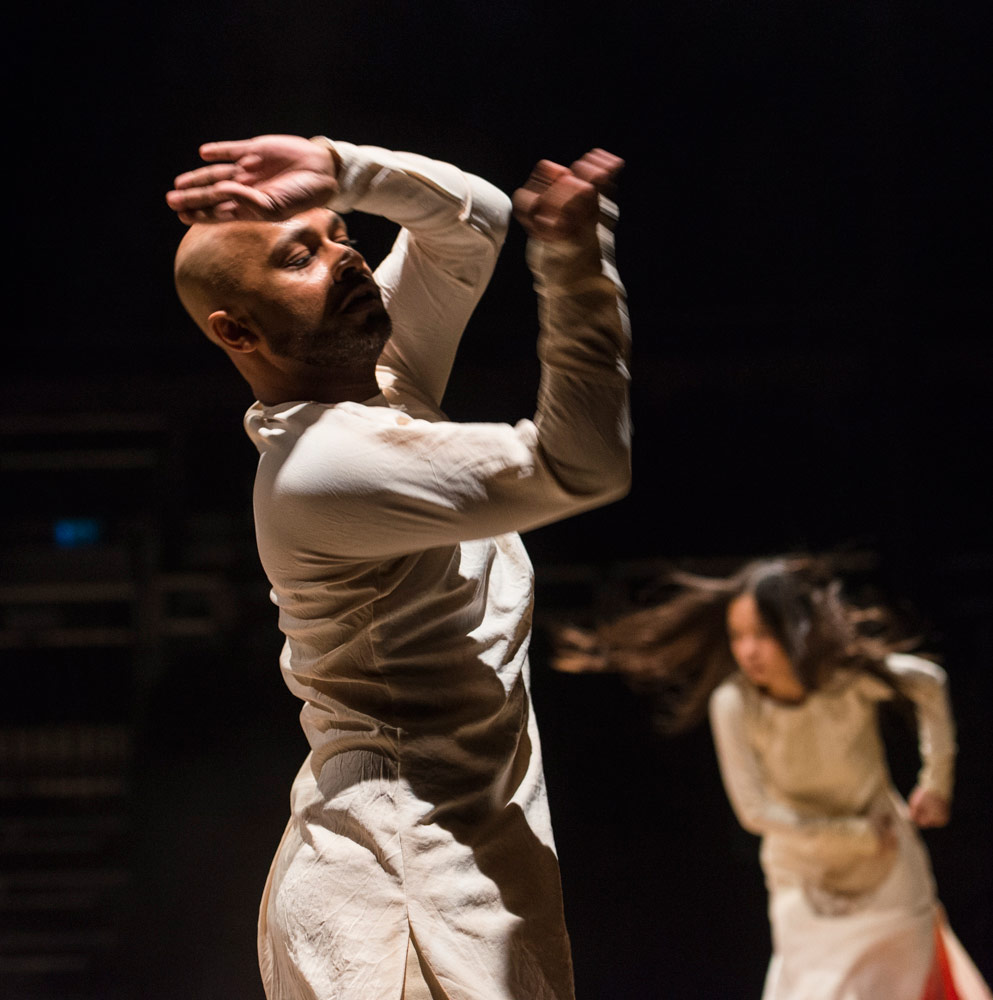
© Foteini Christofilopoulou. (Click image for larger version)
Artistic Director David Bintley left Birmingham Royal Ballet, where he had been in charge since 1990, at the end of the season in summer. The company paid tribute in an affectionate and effervescent production of his Hobson’s Choice, a charming, ebullient, and well-crafted comedy, a real feel-good ballet. It was a warm and affectionate send off.
There’s another departure in the offing too, as the Richard Alston Dance Company is to close next year as the Arts Council has decided the money should be used to fund younger choreographers.
Richard Alston
I took a “buy now while stocks last” approach to see as much of the company as I could. The musicality, refinement and buoyant energy of Alston’s choreography was always evident. His Brahms Hungarian, accompanied by the live music he has always preferred (and which is sadly absent from most dance performances now) is beautiful, elegant and gave a sense of the warm community of the dancers. There were neat little touches that referenced the folk element in the music, a hand to the head, and brisk handclaps that would have been at home in Raymonda. Retrospectives in March and November showed us how he had developed as a choreographer while pursuing a consistent interest in music and a kind of well-mannered courtliness. His most recent work, Voices and Light Footsteps shows that his creativity is undimmed. We will miss his company.

© Chris Nash. (Click image for larger version)
New Work
Our major look at newly made work came courtesy of San Francisco Ballet’s visit in May and June which brought no less than twelve new works to Sadler’s Wells. Ratmansky’s Shostakovich Trilogy, reflecting on the circumstances of the composer’s life rather than a straightforward narrative, was the standout here but there was a generous amount on offer. Artistic Director Helgi Thomasson shrewdly decided to showcase some British choreographers who have worked for SFB, including Arthur Pita’s Bjork Ballet (completely bonkers all-out rave), Cathy Marston’s Snowblind (highly distilled narrative), and Liam Scarlett’s Hummingbird (cool classicism). The dancers approached it all with open hearted enthusiasm and verve. They were an endearing bunch, and I hope they come back soon.
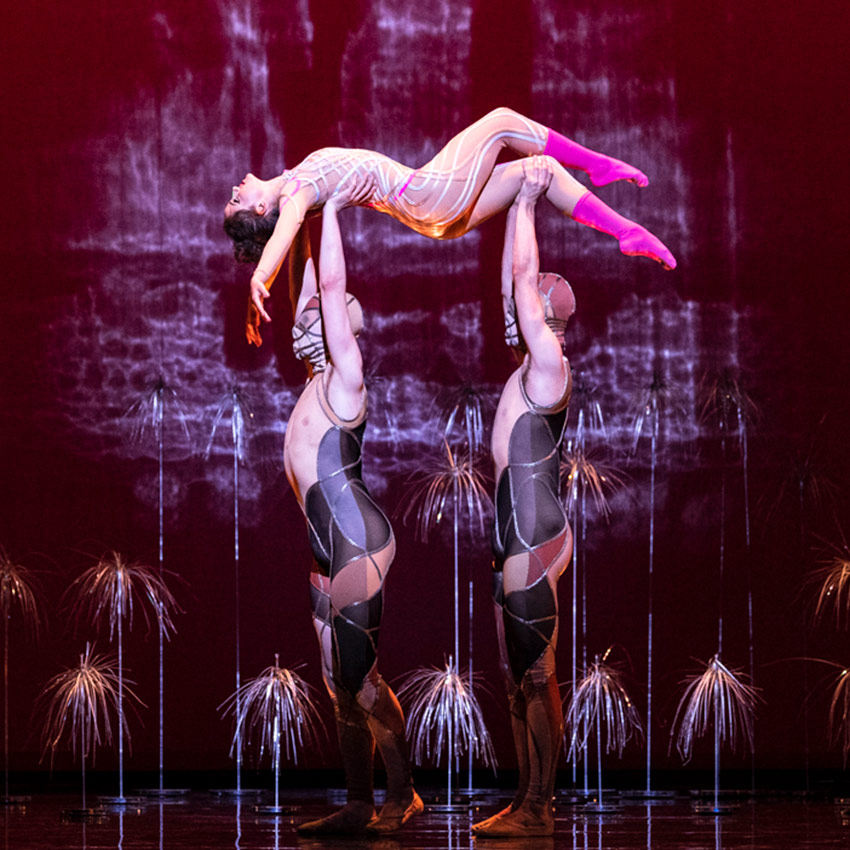
© Foteini Christofilopoulou. (Click image for larger version)
Pam Tanowitz is well established as a choreographer in the US, but new to the UK. Her Four Quartets at the Barbican sounded an unlikely proposition, dance accompanied by the poems of T S Eliot. But it proved extremely persuasive in the theatre. You can tell that this is a seasoned choreographer with a distinctive vocabulary – balletic but quirky, with odd juxtapositions and unexpected twists. It was measured but flowing, abstracted but still very human.

© Maria Baranova. (Click image for larger version)
Not all new works were a joy. It’s always a risk. The Royal’s New Work New Music, in the Linbury, and International Draft works were a fairly depressing affair for the most part. Sidi Larbi Cherkaoui’s Medusa on the main Covent Garden stage also failed to gel. However, the Royal’s new Pam Tanowitz work Everyone Keeps Me (again in the Linbury) was a real success, nicely tailored to the cast. This needs to be seen again on a bigger stage.
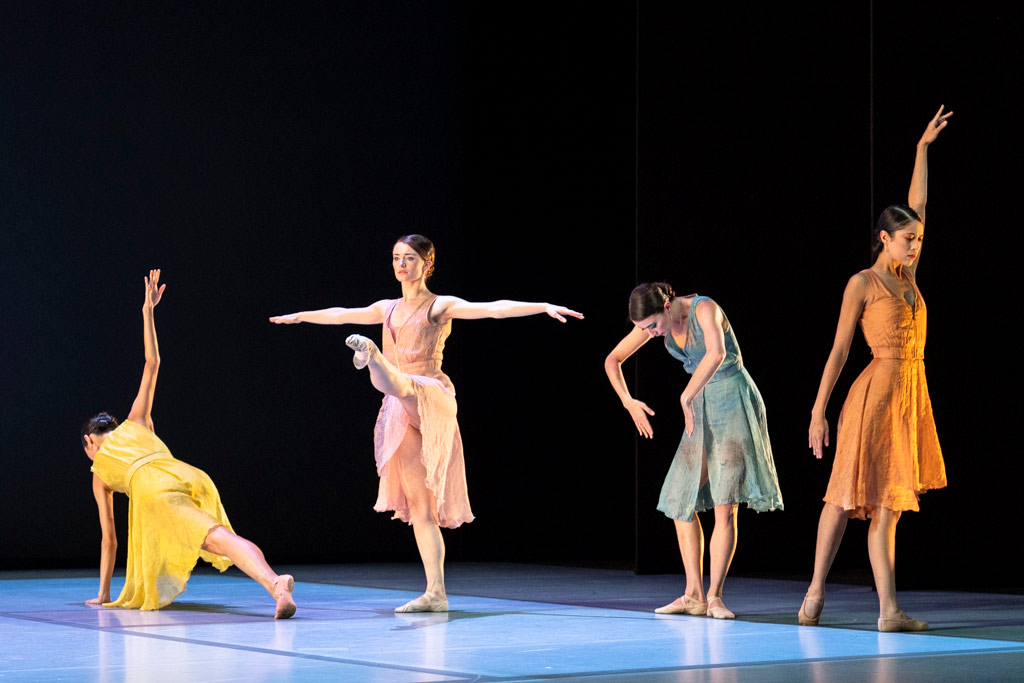
© Foteini Christofilopoulou, courtesy the Royal Opera House. (Click image for larger version)
UK Ballet Companies
Birmingham Royal Ballet is another company whose commissions of new work didn’t always pay off well. In their triple bill they were outshone by their guests Ballet Black in a by now very well-honed revival of Cathy Marston’s The Suit. BRB were on surer classical ground with a revival of Bintley’s Giselle, with a charming central performance from Momoko Hirata, naïve, delicate and touching. The production is traditional, the narrative clearly put across and the designs, particularly the ruined church for Act 2 are attractive and atmospheric. It was a solid achievement that they needed in the uncertain period between Bintley leaving and Carlos Acosta taking over as Artistic Director next year.
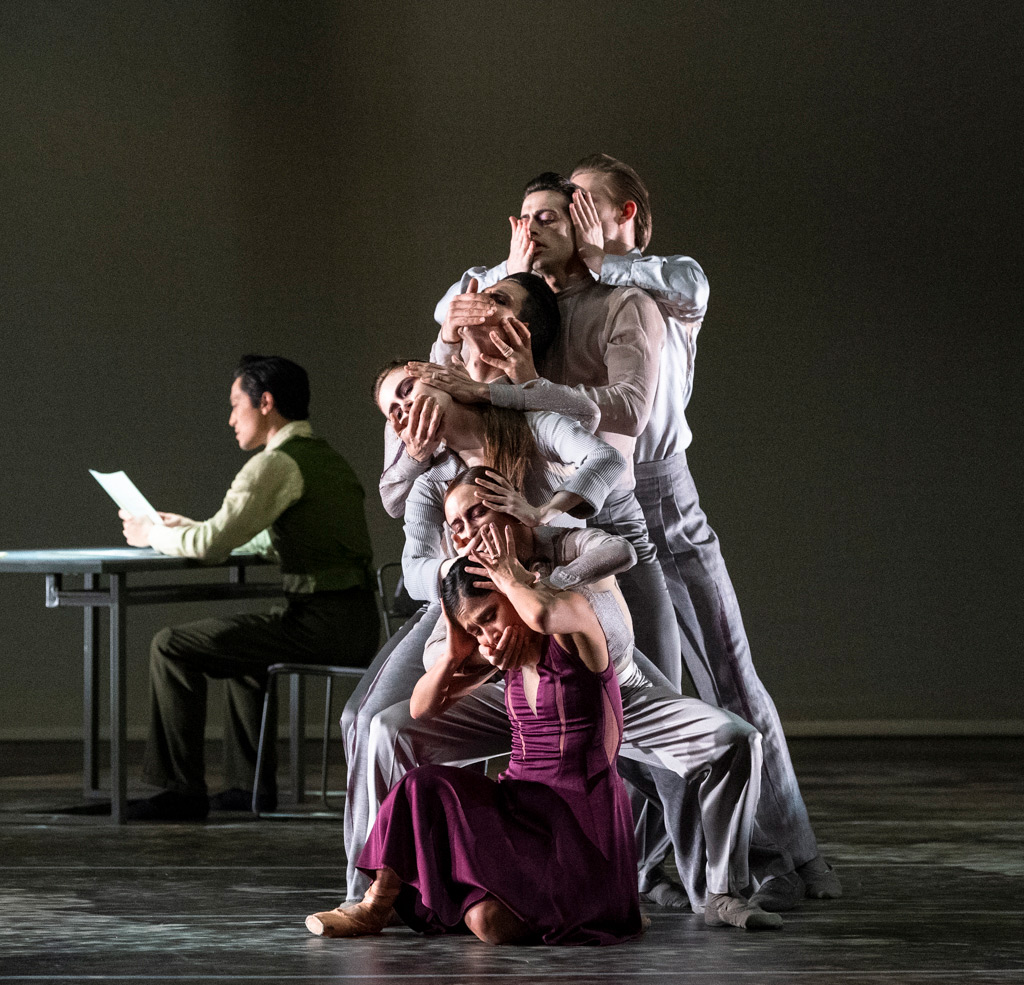
English National Ballet are on an upward trajectory. They revived Khan’s radical reworking of Giselle again, still enormously popular at the box office, and still very affecting in the theatre. Their new work this year was Nora, a take on Ibsen from the company’s own Stina Quagebeur. This has stuck in the memory for a very fine performance from Jeffrey Cirio as the husband, particularly a fast, sharply etched solo. He was very impressive in many roles this year, including a particularly nasty self-serving Lescaut in Manon. Katja Khaniukova took on the Frida Kahlo role in Ochoa’s Broken Wings to great dramatic effect.
Northern Ballet’s usual repertoire is narrative works, but it was interesting to see them in a mixed bill in the Linbury which let them explore more unfamiliar abstract terrain. Kenneth Tindall was visibly stretching his muscles and trying out new moves as a choreographer in The Shape of Sound, and it looked like both he and his cast enjoyed the challenge.

© Emma Kauldhar. (Click image for larger version)
They do it their way – Idiosyncratic Creators and Performers
Israel Galvan has pushed beyond the boundaries of flamenco and may well have reached another galaxy by now. His Fiesta at Sadler’s Wells was more than a deconstruction: lying down, drumming his heels, dancing on the tabletop, dancing with his trousers round his ankles, dancing rather mischievously with his feet behind an upturned table so you could hear but not see. Some people hated this, but it was brilliantly crazy. Rocio Molina is another maverick performer, working from flamenco to something more unconstrained. In Fallen From Heaven, she pauses from her bursts of energetic footwork insouciantly to eat a packet of crisps. She’ll do whatever she likes.
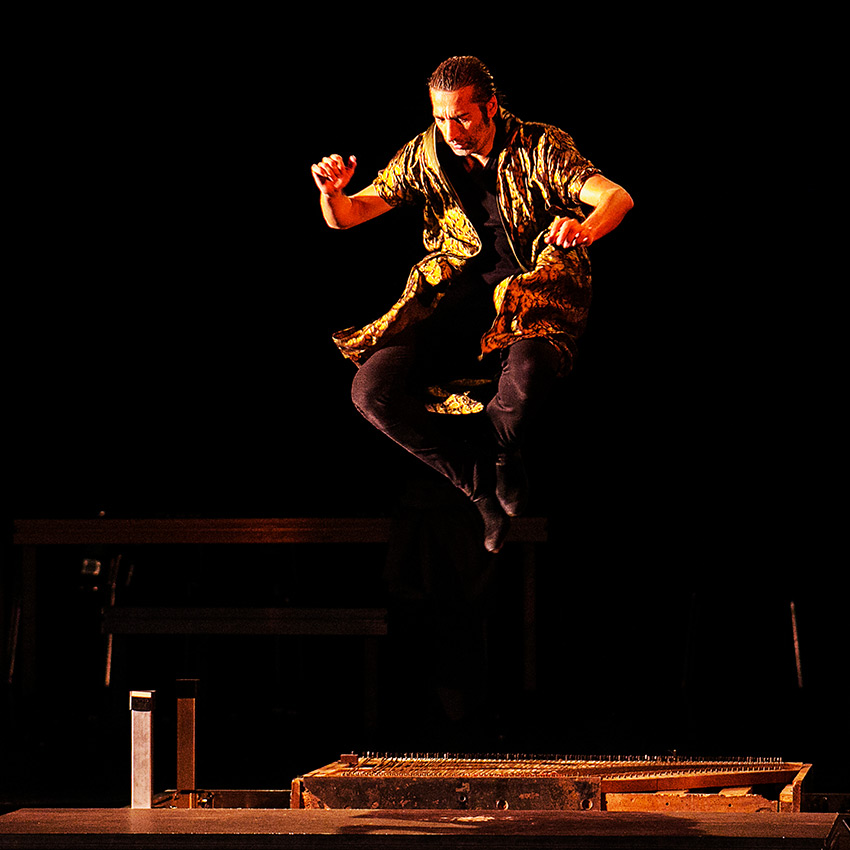
© Aliaksandra Kanonchenka. (Click image for larger version)
Natalia Osipova is determined to experiment with contemporary dance and her latest foray was Arthur Pita’s The Mother at the Queen Elizabeth Hall. This is a dark, dark tale of a mother who has lost her baby to Death, who she pursues through all kinds of nightmarish encounters in a desperate attempt to get her child back. Jonathan Goddard eerily transformed himself into every character she met on the way. This was creepy, compelling and disturbing stuff, a very long way indeed from her classical roots. It certainly made a big impression, but it’s not for you if you want a cheery and fun night out.

© Kenny Mathieson. (Click image for larger version)
Good things in Small Spaces
The big companies have provided some wonderful evenings of dance, but some companies with very modest resources have also given great pleasure. Alleyne Dance are the identical twin sisters Kristina and Sade Alleyne, and they have a very distinctive, powerful and athletic style, where they lift and partner each other. Their double bill at the Place was packed with ideas and clever riffs on their twinhood. Diving into two piles of clothes on stage both would unerringly retrieve exactly the same garment, as sisters do, much to their mutual irritation. I really want to see more of their work.
Falling Man at Wilton’s Music Hall was a joint creation by Dane Hurst (choreography) and Tom Rowland (film and music). This was a reflection on the contemporary pressures of being male and the lure of suicide. It was visceral and unsettling theatrical event: it takes you right inside the head of someone who is struggling to cope. Astonishingly this seems to have been made without any funding, just by the creators’ own efforts. It really deserves to be seen much more widely.
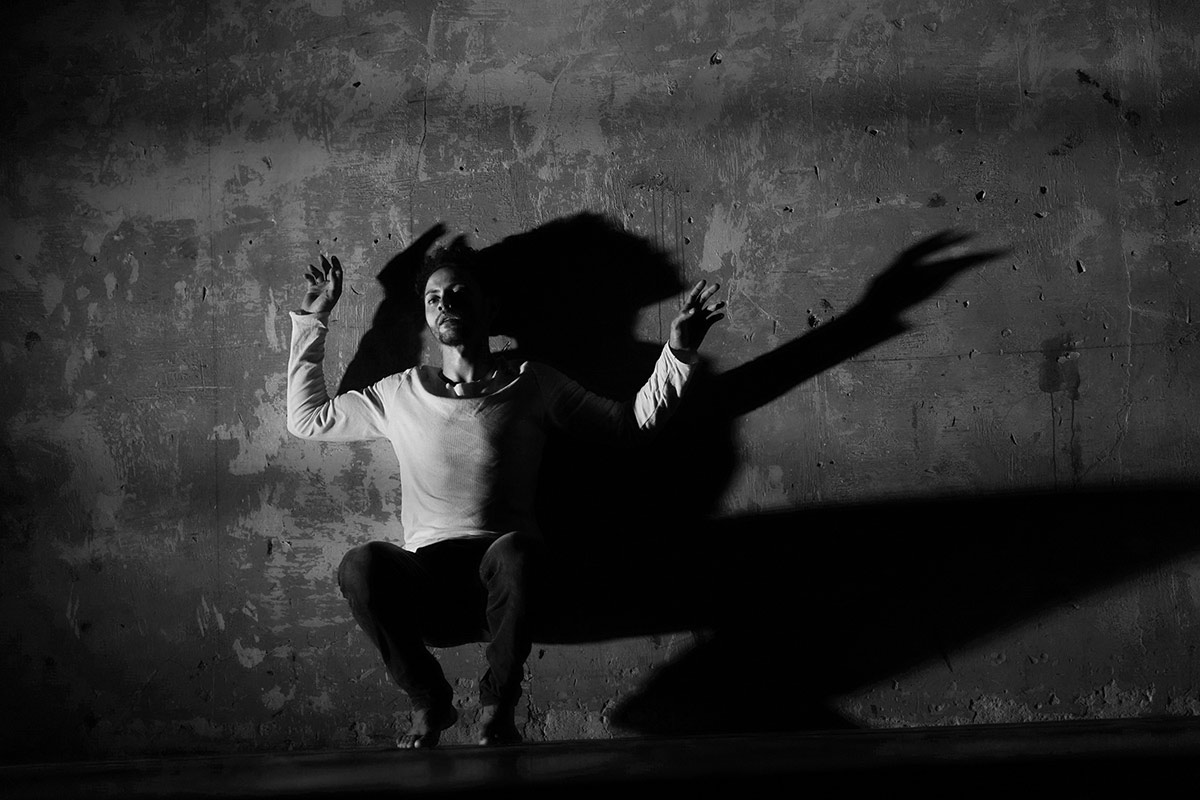
© Kashvili-Images. (Click image for larger version)
The Yard in Hackney was a new venue for me, and Oona Doherty a new name, though it’s one we will all be hearing much more of. Hope Hunt & The Ascension Into Lazarus was a short piece, but it packed a lot into its 40 minutes. She has an unnervingly convincing take on the working-class Belfast male, his conflicts and contradictions. Not many performers make their entrance falling out of the back of a car onto rainy cobbles outside the theatre. I regret I missed her longer piece A Belfast Prayer.
Dance Company Wales definitely made an impression in its visit to the Linbury. There was an enterprising mix of choreographers you would like to see more of, and I was particularly struck by the quirky imagination of Caroline Finn in her Revellers’ Mass.
The Royal Ballet
The Royal’s new works might not have been as successful as they would have wished but they can reliably deliver high quality performances in classics and blockbusters. Acosta’s Don Quixote, not received with that much enthusiasm at its premiere was revived this year to a much more positive reaction. The company have grown into it and made it their own.

© Helen Maybanks, courtesy the Royal Opera House. (Click image for larger version)
Some of the Royal’s younger principal dancers seem to be on a terrific run of form at present. Hayward, Sambé, Naghdi, and Ball all seem to be finding something extra with every appearance. There has been a slew of memorable performances. If forced to choose, I particularly enjoyed Sambé’s Basilio in Don Quixote where he had a ball, and his ardent Romeo, Campbell’s tormented Des Grieux, and Francesca Hayward’s luminous Juliet. We almost take for granted just how brilliant and effortless Vadim Muntagirov’s dancing is, but he continues to develop as an actor and showed a nice gift for comedy in Coppélia.

© Foteini Christofilopoulou, courtesy the Royal Opera House. (Click image for larger version)
Alas ticket prices have increased to the degree such that the pleasures of comparing several different Auroras in Sleeping Beauty are no longer possible. Nevertheless, I’m glad I saw debuts from Anna Rose O’Sullivan and Fumi Kaneko in the role which glowed with promise.
Visitors
Given that the Bolshoi Ballet were with us for three weeks at the Royal Opera House in summer, you might expect them to deliver something memorable. Sadly, it didn’t turn out quite as all engrossing as some earlier seasons. There was some great dancing but rather repetitive programming and the seeming absence of the outsize personalities of the past meant they didn’t make as much impact as in previous visits.

© Foteini Christofilopoulou. (Click image for larger version)
Acosta Danza returned and brought us some Cuban warmth. The standout performances in their Evolution mixed bill (as well as Acosta himself, prowling knowingly through Christopher Bruce’s Rooster) came from Carlos Luis Blanco and Zeleidy Crespo in Cherkaoui’s Faune. She is tall and has extraordinary long limbs, deployed to devastating effect. They were fluid, slippery creatures, merging into one, melting with desire.
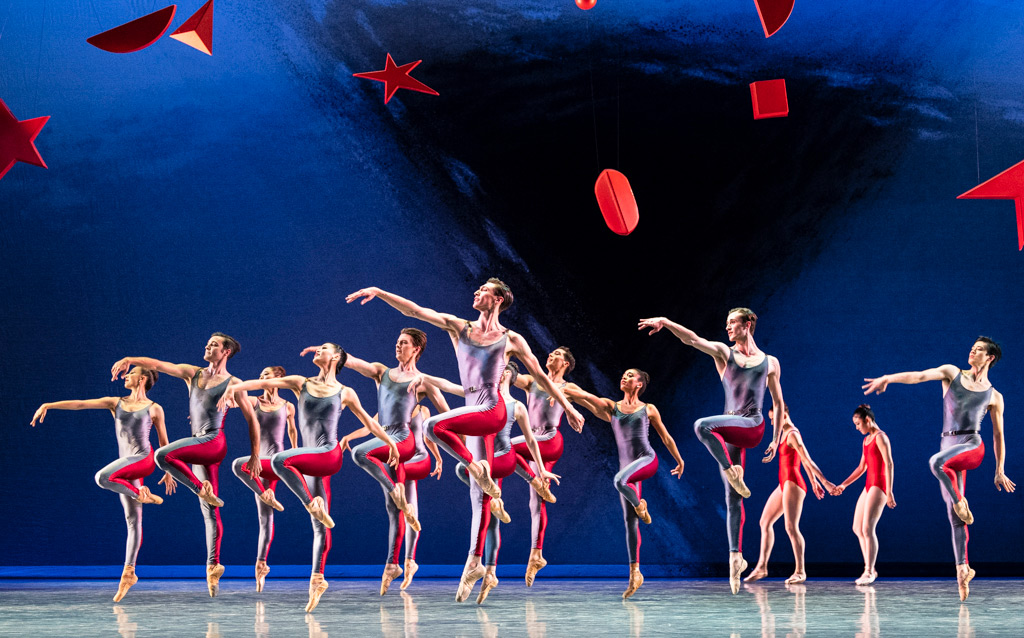
© Foteini Christofilopoulou. (Click image for larger version)
But the most notable visitors were San Francisco Ballet – covered already in the section on new work and a real reminder that pushing the art forward is as vital as ever. Let us all hope for a 2020 full of good new, and good old, works.










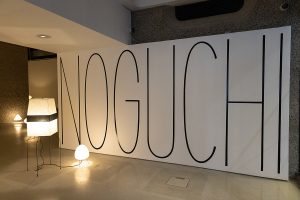


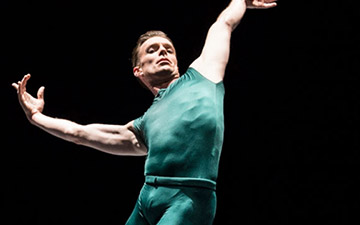
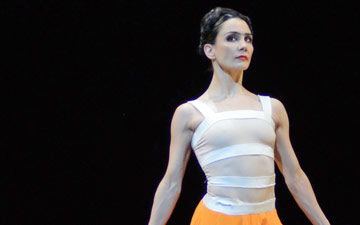

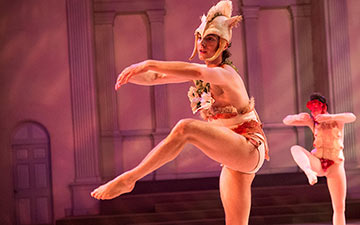
You must be logged in to post a comment.